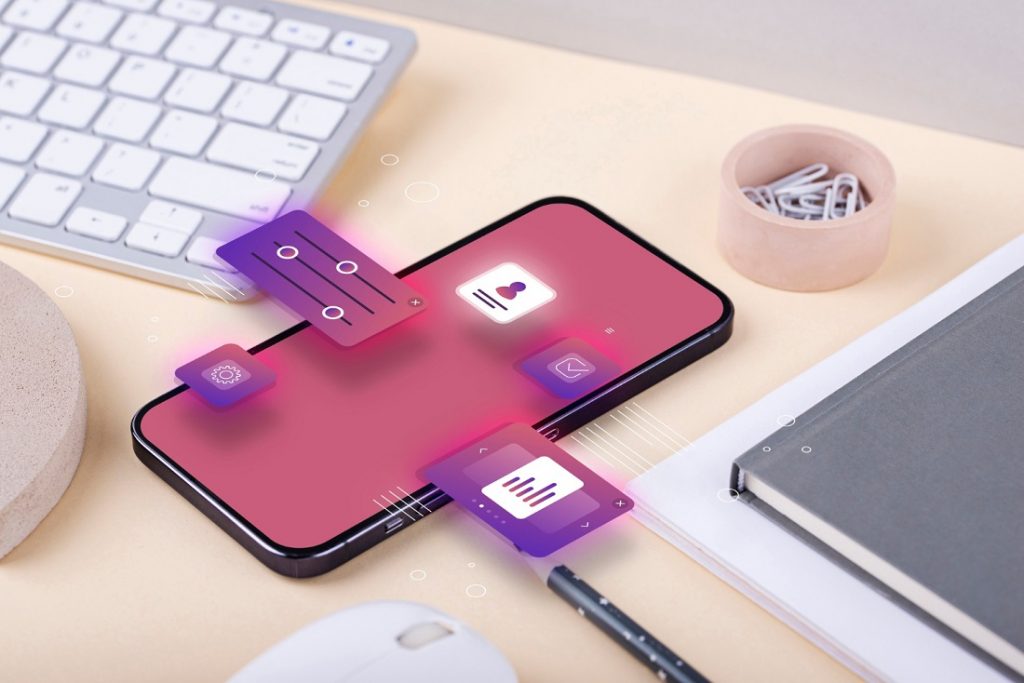Since the creation of the first mobile application, competition in the world of Software Development has been very turbulent. With iOS and Android platforms leading the market, optimization has become crucial to stand out in this digital jungle. If you are looking to improve your mobile app development skills, you have come to the right place. In this article, we’ll explore best practices for optimization on iOS and Android, addressing fundamental performance, design, and user experience issues.
Optimization for iOS and Android: A Look Behind the Curtain
Before we dive into the details, it is crucial to understand the importance of optimization. On both iOS and Android, users value speed, efficiency, and a hassle-free experience. This is where optimization comes in, a set of techniques and practices designed to make your apps shine.

Performance Best Practices
- Minimize Loading Time: Use techniques such as lazy loading to reduce the time it takes for your application to open. Modern users expect speed, don’t make them wait!
- Image Optimization: Compress images without sacrificing quality. Images are essential to the viewing experience, but they must load efficiently.
- Smart Cache: Implement an efficient caching system to reduce requests to the server. This improves response speed and, therefore, user satisfaction.
Responsive Design for iOS and Android
- Design Consistency: Maintain design consistency between iOS and Android versions. Users appreciate familiarity and consistency.
- Optimizing for Various Screens: Make sure your app looks and works well on a variety of screen sizes. Adaptability is key in the mobile world.
- Intuitive User Interface: Simplifies navigation and interactions. Users should feel comfortable from the first touch.
User Experience (UX) on iOS and Android
- User Testing: Perform extensive testing on both platforms to ensure a smooth experience. Identify and fix any navigation or performance issues.
- Immediate Feedback: Implement visual and tactile feedback so users feel like their actions have an impact. This improves interactivity and satisfaction.
- Battery Optimization: Prevents rapid battery drain. An app that drains your battery quickly will be removed without hesitation.
Beyond development, towards excellence
Optimizing for iOS and Android is not just about code and algorithms. It’s about creating memorable experiences that keep users coming back. By following these best practices, you’ll be on your way to standing out in the competitive world of mobile apps.
Don’t miss our updates! Stay on top of the latest news on software development, digital marketing, and more. Follow the news on our BLOG and be part of our informed community! Thanks for reading and we hope these tips propel you to success in the exciting world of mobile app development.